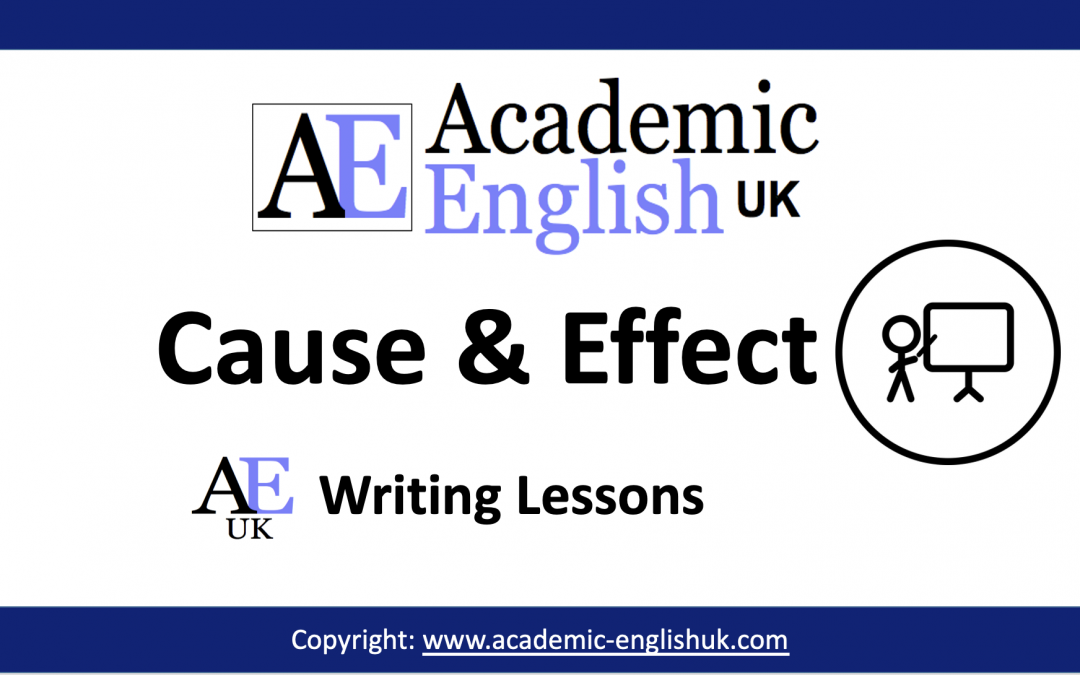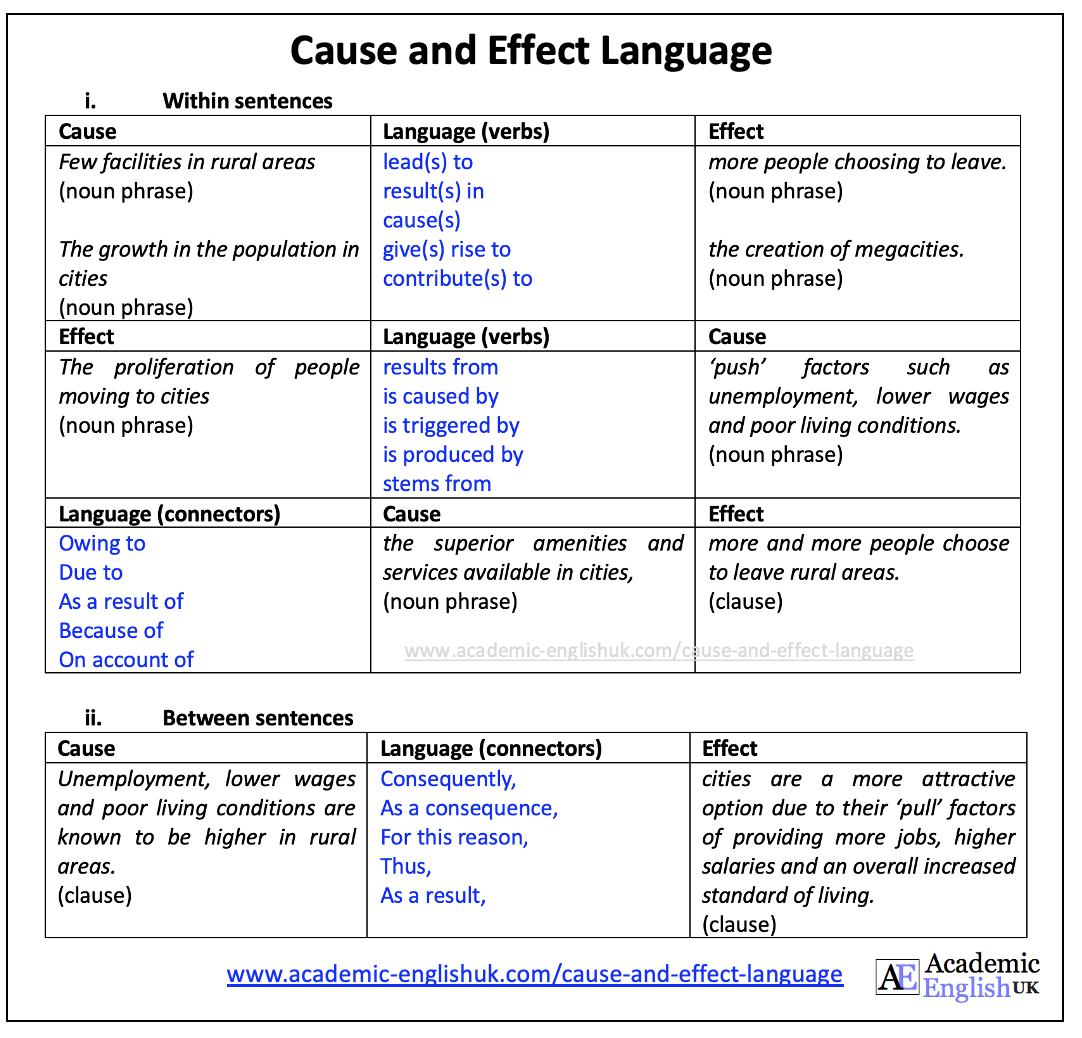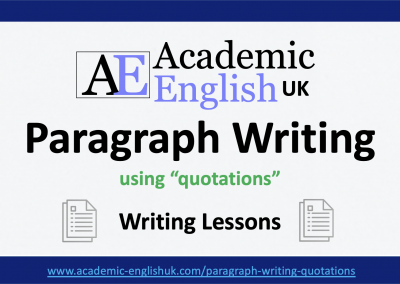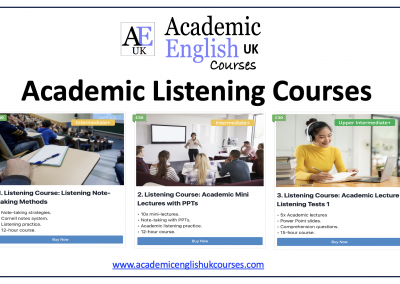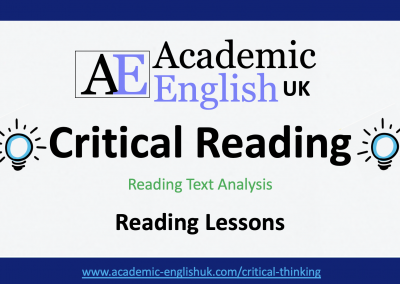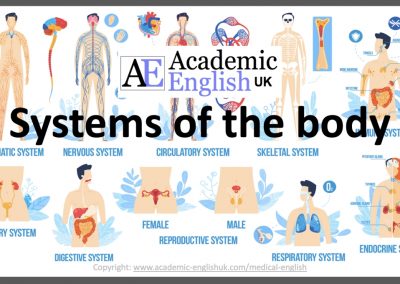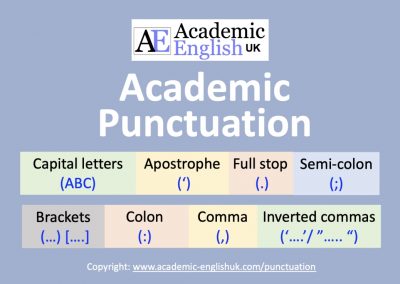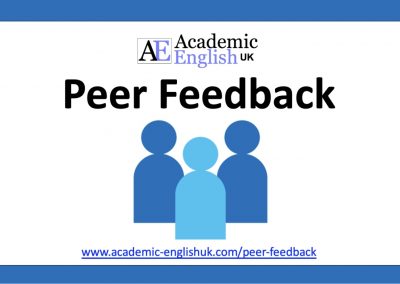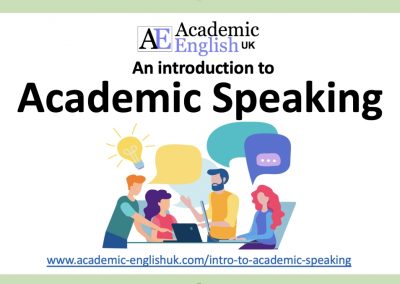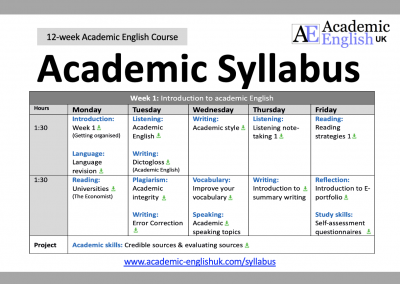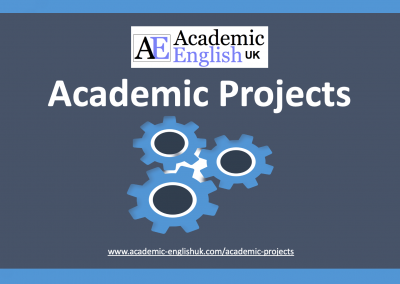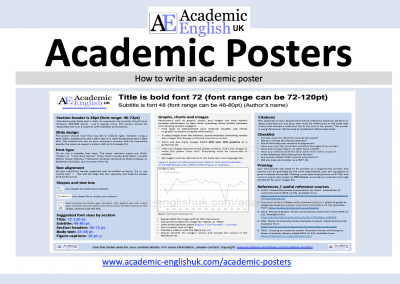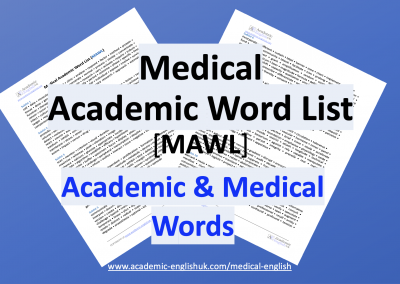Cause and Effect Language
What is Cause & Effect?
Cause and effect is a relationship between events or things where one is the result of the other or others. This is a combination of action and reaction. Something happens (a cause) that leads to an effect.
In academic writing it is necessary to be able to express the relationship between causes and their effects, or effects and their causes.
Academic Cause & Effect Video
A short 6-minute video on cause and effect language.
Video Worksheet – click here
PDF Lesson Download
Cause and Effect Language [new 2020]
This lesson helps improve students’ awareness of cause and effect language. It includes a language review section, lots of guided practice and freer paragraph writing practice (example). Time: 60mins. Level ***** [B1/B2/C1] TEACHER MEMBERSHIP / INSTITUTIONAL MEMBERSHIP
Cause & Effect Language Review
Other cause & effect language phrases
Nouns indicating causality
One reason why Xs have declined is that …
A consequence of vitamin A deficiency is blindness.
The causal role of X in Y has been demonstrated by …
The most likely causes of X are poor diet and lack of exercise.
The causes of X have been the subject of intense debate within …
X can have profound health consequences for older people.
Physical activity is an important factor in maintaining fitness.
Many other medications have an influence on cholesterol levels.
Expressing a causal relationship tentatively
X may have been an important factor in …
X may have contributed to the increase in …
X may have played a vital role in bringing about …
X may have been caused by an increase in …
In the literature, X has been associated with Y.
A high consumption of X could be associated with infertility.
X in many cases may be associated with certain bacterial infections.
Exercise 1
Task: Select a suitable word or phrase from the language review table to complete the gaps in the sentences.
For a detailed worksheet and more exercises – buy the download below.
Exercise 2
Task: Rewrite the following sentences using the information in brackets.
1. Lowering interest rates could be a way to stimulate economic growth. (Use the verb ‘stem’).
_____________________________________________________________________________________
2. Most poor countries are poor because of the institutions and organisations that govern them. (Use the noun ‘result’).
_____________________________________________________________________________________
1. Lowering interest rates could be a way to stimulate economic growth. (Use the verb ‘stem’).
A way to stimulate economic growth could stem from lowering interest rates.
2. Most poor countries are poor because of the institutions and organisations that govern them. (Use the noun ‘result’).
Most poor countries are poor as a result of the institutions and organisations that govern them.
For a detailed worksheet and more exercises – buy the download below.
Exercise 3
Task: Complete the gaps in the following paragraph. Pay attention to grammar and punctuation.
Overpopulation can be defined as a population that exceeds its carrying capacity within a particular environment. A key a) ________________ areas becoming densely populated is a decline in the mortality rate and an increase in the birth rate. These trends can be largely b)____________________ technological advancement, which has c)____________ the creation of important vaccines, fertility treatment and improved medical facilities in general.
Overpopulation can be defined as a population that exceeds its carrying capacity within a particular environment. A key a) factor in areas becoming densely populated is a decline in the mortality rate and an increase in the birth rate. These trends can be largely b) attributed to technological advancement, which has c) led to the creation of important vaccines, fertility treatment and improved medical facilities in general.
[possible answers]
For a detailed worksheet and more exercises – buy the download below.
Exercise 4
Task: Use different colour highlighters to show the causes, the effects & the cause/effect language.
In many countries, more and more people are moving from rural areas to urban ones. Over half of the world’s population currently live in cities and of these, thirty-four are known as megacities. The reasons for this increased urbanisation depends on two types of factors known as ‘push’ and ‘pull’. Firstly, the proliferation of people moving to cities stems from push factors such as unemployment, lower wages and poor living conditions. As a result, cities are a more attractive option due to their pull factors of providing more jobs, higher salaries and an overall increased standard of living .
In many countries, more and more people are moving from rural areas to urban ones. Over half of the world’s population currently live in cities and of these, thirty-four are known as megacities. The reasons for this increased urbanisation depends on two types of factors known as ‘push’ and ‘pull’. Firstly, the proliferation of people moving to cities stems from push factors such as unemployment, lower wages and poor living conditions. As a result, cities are a more attractive option due to their pull factors of providing more jobs, higher salaries and an overall increased standard of living .
For a detailed worksheet and more exercises – buy the download below.
Cause & Effect Language Download
Cause and Effect Language [new 2020]
This lesson helps improve students’ awareness of cause and effect language. It includes a language review section, lots of guided practice and freer paragraph writing practice (example). Time: 60mins. Level ***** [B1/B2/C1] / TEACHER MEMBERSHIP / INSTITUTIONAL MEMBERSHIP
More grammar and vocabulary downloads...
Causes, Effects & Related Language
This lesson helps improve students' awareness of cause and effect language. It includes a language review section, lots of guided practice and freer paragraph writing practice (see worksheet example) Time: 60mins. Level ***** [B1/B2/C1] / Webpage link. / TEACHER MEMBERSHIP / INSTITUTIONAL MEMBERSHIP
Comparatives & Superlatives
This lesson helps improve students' awareness of compare and contrast language. It includes a language review section, lots of guided practice and freer paragraph writing practice (see worksheet example) Time: 60mins. Level ***** [B1/B2/C1] / Webpage link. / TEACHER MEMBERSHIP / INSTITUTIONAL MEMBERSHIP
Compare & contrast: comparatives and superlatives
This lesson helps improve students' awareness of compare and contrast language. It includes a language review section, lots of guided practice and freer paragraph writing practice (see worksheet example) Time: 60mins. Level ***** [B1/B2/C1]. / TEACHER MEMBERSHIP / INSTITUTIONAL MEMBERSHIP
Academic Conditionals
This lesson helps improve students' awareness of conditionals. It includes a language review section, lots of guided practice and freer paragraph writing practice (see worksheet example) Time: 60mins. Level ***** [B1/B2/C1] TEACHER MEMBERSHIP / INSTITUTIONAL MEMBERSHIP
Countable and uncountable nouns
This lesson helps improve students' awareness of countable & uncountable nouns. It includes a language review section, lots of guided practice and freer paragraph writing practice (see worksheet example) Time: 60mins. Level ***** [B1/B2/C1] TEACHER MEMBERSHIP / INSTITUTIONAL MEMBERSHIP
Modal Auxiliary Verbs
This lesson helps improve students' awareness of modal verbs. It includes a language review section, lots of guided practice and freer paragraph writing practice (see worksheet example) Time: 60mins. Level ***** [B1/B2/C1] TEACHER MEMBERSHIP / INSTITUTIONAL MEMBERSHIP
 Nominalisation (verbs / adjectives to nouns)
Nominalisation (verbs / adjectives to nouns)
An introduction to nominalisation. This worksheet shows the basics of nominalising, practises changing verbs and adjectives to nouns, and includes four exercises from guided practice through to freer practice. Very good writing practice activity with a fair amount of challenge for all levels. Level ***** [B1/B2/C1] (see example sheet) TEACHER MEMBERSHIP / INSTITUTIONAL MEMBERSHIP
*
 Noun Phrases Worksheet 1
Noun Phrases Worksheet 1
This lesson highlights what noun phrases are and provides valuable practice. It focuses on the key concepts of quantifiers, adjectives and nouns, noun + noun, noun + preposition and noun phrase combinations (example). Level ***** [B2/C1] / TEACHER MEMBERSHIP / INSTITUTIONAL MEMBERSHIP
*
 Noun Phrases Worksheet 2
Noun Phrases Worksheet 2
This lesson is designed to help students write more concisely by using noun phrases. It takes students through a whole range of tasks including noticing the language in context, eight guided practice tasks and five freer practice activities. There's a language review sheet included too (see example). Level ***** [B2/C1] TEACHER MEMBERSHIP / INSTITUTIONAL MEMBERSHIP
*
Academic Passive Structures & Nominalisation
An introduction to the impersonal passive structure 'it is said that...' , to infinitive passive form ' it is claimed to be...'. and how to nominalise verbs to nouns to show formality in writing. This worksheet provides key information and 10 writing questions (example). Level ***** [B1/B2/C1] TEACHER MEMBERSHIP / INSTITUTIONAL MEMBERSHIP
*
Relative clauses: defining & non-defining clauses
This lesson is to support students in their understanding and use of defining & non-defining relative clauses.The lesson includes four tasks of guided practice and two tasks of freer practice (see worksheet example) Time: 60mins. Level ***** [B1/B2/C1]. / TEACHER MEMBERSHIP / INSTITUTIONAL MEMBERSHIP
Sentence Structure 1: Simple, compound, complex & complex compound
This lesson is to support students in their understanding and practice of the four types of sentence structures: simple, compound, complex and complex-compound. It includes noticing, guided and freer practice (see worksheet example) Time: 60mins. Level ***** [B1/B2/C1] / TEACHER MEMBERSHIP / INSTITUTIONAL MEMBERSHIP
Sentence Structure 2: Fragment, run-on & comma splice sentences
This lesson helps improve students' sentence structure through identifying and practising fragments, run-ons and comma splice sentences. It includes noticing, guided and freer practice (see worksheet example) Time: 60mins. Level ***** [B1/B2/C1]/ TEACHER MEMBERSHIP / INSTITUTIONAL MEMBERSHIP
Sentence Structure 3: Complex sentence structure (STEM)
This lesson is to support students in their understanding and practice of complex sentence structure. The worksheets focus on three structures: adverbial, adjective and noun clauses and contain key explanations and sentence and paragraph-level practice within a STEM context (see worksheet example) Time: 90mins. Level ***** [B1/B2/C1] TEACHER MEMBERSHIP / INSTITUTIONAL MEMBERSHIP
X
Tense Review (3 lessons: analysis, gap fill, speaking)
This is a great lesson to introduce / revise English Tenses. Lesson 1: students discuss a number of sentences & identify the tense & reason for use. Give out Tense handout (here) to consolidate. Lesson 2: tense review gap fill. Lesson 3: speaking exercise with lots of questions using the tenses. Example Level ***** [B1/B2/C1] TEACHER MEMBERSHIP / INSTITUTIONAL MEMBERSHIP
Verb Patterns
This lesson helps improve students' awareness of verb patterns (verb + infinitive, verb + to infinitive, verb + gerund, verb + that clause, verb + wh-clause) . It includes a language review section, lots of guided practice and freer paragraph writing practice (see worksheet example) Time: 60mins. Level ***** [B1/B2/C1] TEACHER MEMBERSHIP / INSTITUTIONAL MEMBERSHIP

